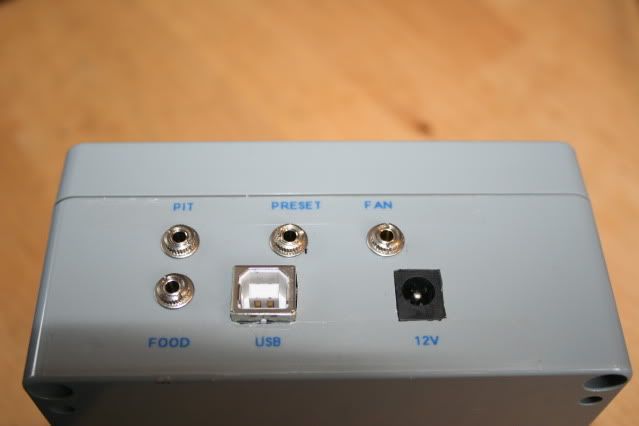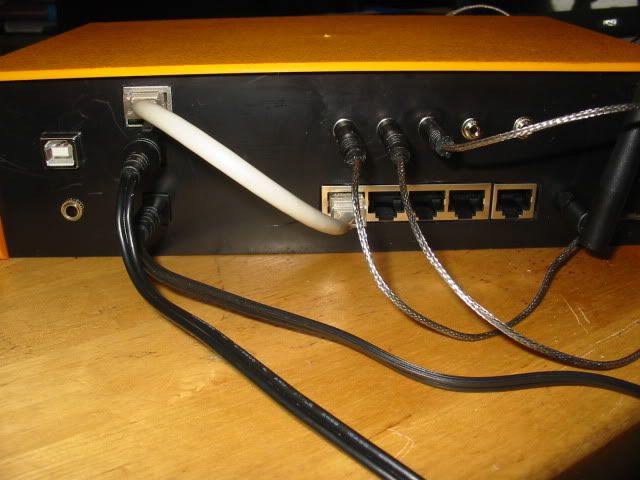Ok, so this is my first time trying to upgrade via avrupdate. Getting some weirdness. First off, there's two avrupdate scripts on my Linkmeter:
root@linkmeter:/tmp# ls -la /usr/bin/avrupdate /usr/sbin/avrupdate
-rwxr-xr-x 1 root root 753 Jan 24 16:26 /usr/bin/avrupdate
-rwxr-xr-x 1 root root 815 Feb 7 18:12 /usr/sbin/avrupdate
Running the one in /usr/bin, it fails with:
root@linkmeter:/tmp# avrupdate
http://capnbry.net/linkmeter/s.../heatermeter.cpp.hex
Connecting to capnbry.net (24.73.193.140:80)
hm.hex 100% |**************************************************************************************************************| 62224 0:00:00 ETA
a30b77fff264da6b3411e82dac4c2410 /tmp/hm.hex
Stopping LinkMeter OK
hmdude: compiled on Feb 7 2012 at 17:39:25
Using port: /dev/ttyS1
Loading ihex file: "/tmp/hm.hex" (22116 bytes)
Starting sync (release RESET now)...
Sync: ERROR
Sync: ERROR
Sync: ERROR
Sync: ERROR
Sync: ERROR
Update failed
Starting LinkMeter OK
Current HeaterMeter version is 201201240
However, I'm guessing I want the newly updated one in /usr/sbin, which doesn't like urls as parameters apparently, so I download the hex:
root@linkmeter:/tmp# /usr/sbin/avrupdate heatermeter.cpp.hex
Stopping LinkMeter OK
avrdude: stk500_getsync(): not in sync: resp=0x00
avrdude: stk500_disable(): protocol error, expect=0x14, resp=0x24
avrdude done. Thank you.
Failed attempt 0
avrdude: stk500_getsync(): not in sync: resp=0x00
avrdude: stk500_disable(): protocol error, expect=0x14, resp=0x24
avrdude done. Thank you.
Failed attempt 1
Starting LinkMeter OK
Current HeaterMeter version is Unknown
Now I don't believe this chip is bootloadered with Optiboot if that makes a difference as far as hmdude is concerned. I really toasted one of my two atmegas, so the chip that's in my HM now is running whatever my Arduino shipped with last year. I do have a new chip preloaded with Optiboot on the way, but Sparkfun is being slow at processing my order...
The presets stuff in the web interface seems to work just fine now.
Edit: I read back a ways and see that I'm having the same problem Dave did, which I'm guessing is due to the fact that I'm not running OptiBoot. Is there a way around that?
Pastebin output of hmdude sync attempt:
http://pastebin.com/1KyXTB78 It does the same business, spitting out 00's then just booting into HeaterMeter.





